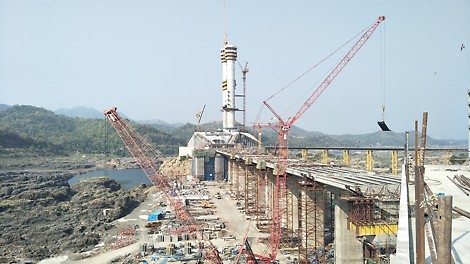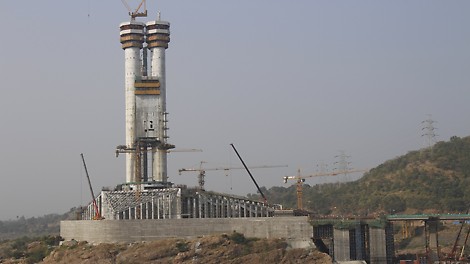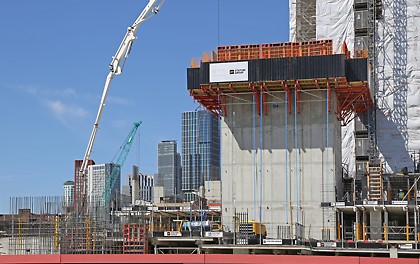
Latest News & Releases
11
Dec

bauma CONEXPO India 2024
India's most awaited construction machinery expo is here.
21
Sep
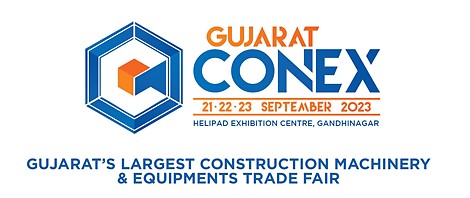
Gujarat Conex 2023
Gujarat's largest construction machinery & equipments trade fair is here.
31
Jan

bauma CONEXPO India 2023
India's most awaited construction machinery expo is here.
09
Dec
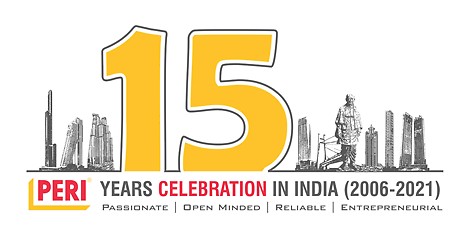
PERI India - 15th Anniversary Celebration
15th Anniversary celebration of PERI India on 9th December 2022 at Novotel Hotel, Mumbai
24
Oct

bauma 2022
World's leading construction machinery trade fair
17
May

EXCON 2022
Largest construction equipment event in South Asia is here.
10
Dec
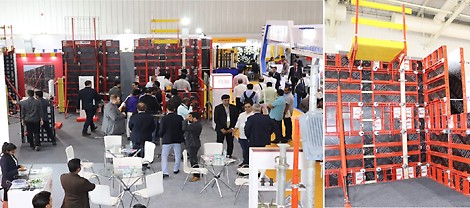
PERI launched advanced light weight panel formwork system at Excon-2019
PERI India launched HANDSET Alpha – A light weight panel formwork system during Excon 2019 at Bengaluru.
10
Dec

EXCON 2019
Largest construction equipment event in South Asia is here.
22
Apr
